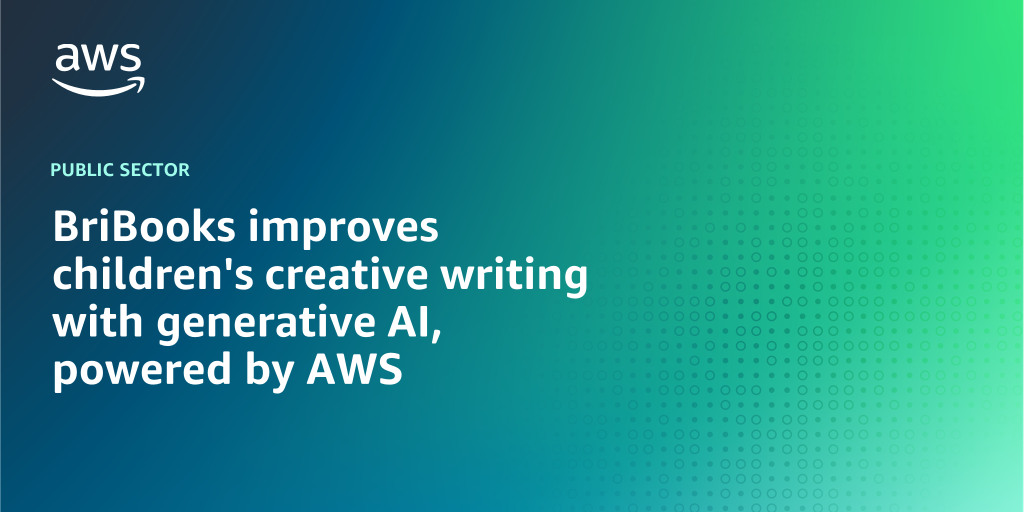AWS Public Sector Blog
Tag: AWS IAM
The Department of the Navy adds AWS Marketplace to its Enterprise Software Licensing program
The Department of the Navy (DoN) modified its blanket purchase agreement (BPA) with Amazon Web Services (AWS) to provide U.S. Navy and Marine Corps Organizations streamlined access to AWS Partners solutions available in AWS Marketplace. AWS Marketplace provides Navy and Marine Corps Organization access to commercial software and services from more than 4,000 trusted providers – accelerating procurement and modernization, improving controls and visibility, and optimizing IT spend.
How to transfer data to the CISA Cloud Log Aggregation Warehouse (CLAW) using Amazon S3
In this post, we show you how you can push or pull your security telemetry data to the National Cybersecurity Protection System (NCPS) Cloud Log Aggregation Warehouse (CLAW) using Amazon Web Services (AWS) Simple Storage Service (Amazon S3) or third-party solutions.
How AWS helps agencies meet OMB AI governance requirements
The Amazon Web Services (AWS) commitment to safe, transparent, and responsible artificial intelligence (AI)—including generative AI—is reflected in our endorsement of the White House Voluntary AI Commitments, our participation in the UK AI Safety Summit, and our dedication to providing customers with features that address specific challenges in this space. In this post, we explore how AWS can help agencies address the governance requirements outlined in the Office of Management and Budget (OMB) memo M-2410 as public sector entities look to build internal capacity for AI.
Building compliant healthcare solutions using Landing Zone Accelerator
In this post, we explore the complexities of data privacy and controls on Amazon Web Services (AWS), examine how creating a landing zone within which to contain such data is important, and highlight the differences between creating a landing zone from scratch compared with using the AWS Landing Zone Accelerator (LZA) for Healthcare. To aid explanation, we use a simple healthcare workload as an example. We also explain how LZA for Healthcare codifies HIPAA controls and AWS Security Best Practices to accelerate the creation of an environment to run protective health information workloads in AWS.
Secure your organization’s Internet of Things devices using AWS IoT
The public sector’s use of Internet of Things (IoT) devices is steadily growing, as these organizations learn how to implement and derive value from IoT solutions. Public sector agencies and organizations deploy IoT devices in a variety of areas, such as transportation and infrastructure, crime prevention, education, and utilities and environment. In this post, we are going to use the Cybersecurity and Infrastructure Security Agency ‘s (CISA) guidelines as a reference to improve the security of your IoT devices and learn how to address vulnerabilities using Amazon Web Services (AWS) IoT services.
BriBooks improves children’s creative writing with generative AI, powered by AWS
Generative artificial intelligence (generative AI) has the potential to play several important roles in education, transforming the way we teach and learn. This blog post looks at how one EdTech startup, BriBooks, is leveraging generative AI to assist young children with creative writing.
How to create a cybersecurity analytics platform with AWS analytics and machine learning
Cybersecurity analytics is a systematic methodology designed to collect, ingest, process, aggregate, and analyze security events. This methodology empowers organizations to proactively perform security investigations, powered by advanced analytics and machine learning (ML), which help mitigate cyber issues more effectively and efficiently at scale. Learn about the core components of a cybersecurity analytics framework and how organizations can use AWS to design a cybersecurity analytics platform with analytics and ML services.
AWS announces low-to-no cost security services for federal political campaigns and committees
It is essential for election campaigns and committees to have access to the latest security services so they can mitigate risks against security threats at minimal cost. To support this, AWS is collaborating with Defending Digital Campaigns (DDC) to offer more than 20 cybersecurity-related AWS services for low-to-no cost to all active and registered national party committees and federal candidate committees for the US House and US Senate midterm elections that are eligible in accordance with DDC and Federal Election Commission (FEC) criteria.
How nonprofits can automate tax-exempt status across AWS accounts
Many nonprofits and other tax-exempt organizations need to make sure their tax status is correct across their Amazon Web Services (AWS) accounts. A new tax analyzer solution automatically detects the tax status of all AWS accounts across an organization. In this blog post, discover how this simple solution identifies which AWS accounts across an organization are paying sales tax, and learn how this solution can quickly remediate tax status by opening an AWS support case automatically.
Elevating cloud security to address regulatory requirements for security and disaster recovery
Learn how you can build a foundation of security objectives practices, including a business continuity and disaster recovery plan, that can be adapted to meet a dynamic policy environment and support the missions of national computer security incident response teams (CSIRT), operators of essential services (OES), digital service providers (DSP), and other identified sector organizations.









